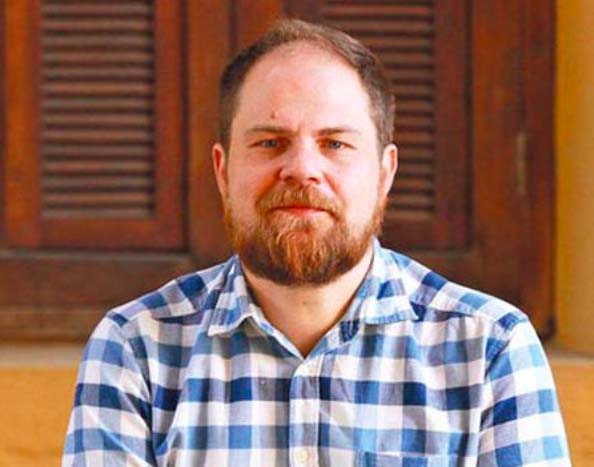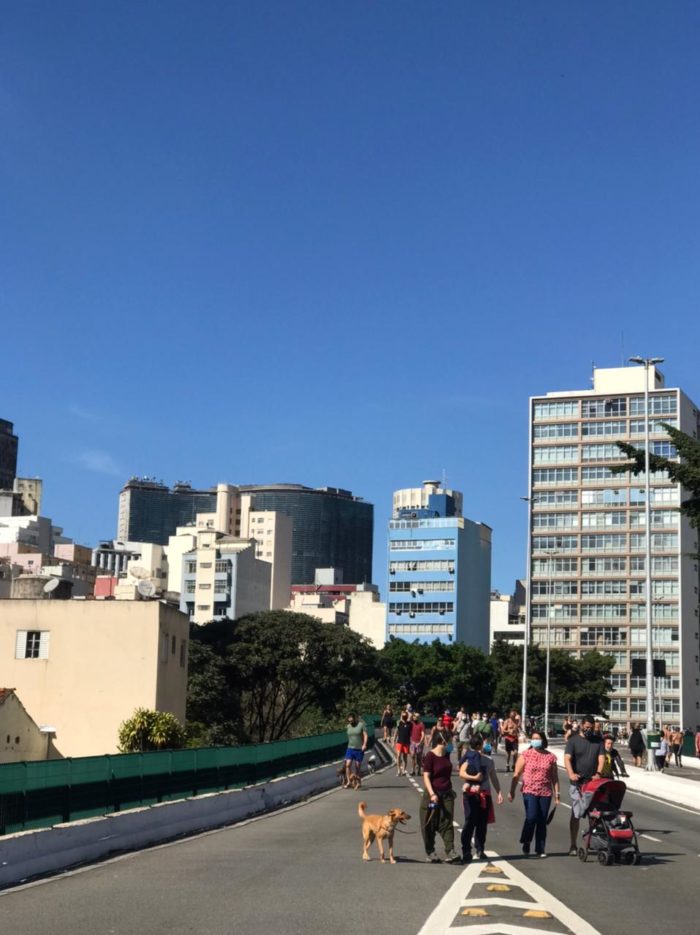Yes, tourism mobilities are still a worthy concern

In this post, Dr Thiago Allis argues that it is urgent and opportune to keep theorizing tourism mobilities for the sake of tourism studies as a whole.
It is difficult to accept that, almost 200 years after the emergence of modern tourism, we need to emphasize the ontological and practical links between travel and mobility. That tourism requires some form of physical movement of bodies is more or less obvious; however, discussing the nature, manifestations, conditions and ways in which tourist mobilities take place is something under debate in academic contexts.
If we accept that the world has entered the so-called “Anthropocene”, it is urgent to recognize multiple intersections and empirical manifestations of mobilities. For example, while the world has never seen such a large number of tourists (at least, before the pandemic started in March 2020), one observes a growing and worrying volume of forced displacements (refugees, asylum seekers and so forth). Ironically, labour force in the hospitality industry is very often made up of migrants who are exposed continuously to all sorts of hostility. Can we keep ignoring such multiple mobility phenomena, as if they belonged to separate circuits? I do not think so.
Therefore, in the field of the social sciences, looking at tourism through the lenses of the so-called “new mobilities paradigm” seems to be a promising venture. The “mobility turn” would be the starting point for a “agenda of mobility” for more mobilized – instead of sedentary – social science approaches. A brief search in the main citation and publication databases (Scopus, Web of Science, Scielo, to name a few) delivers more than 300 published articles on tourism and mobilities. Very few works, however, propose a deeper theoretical discussion about tourism in contemporary times as a category of analysis. Even before the publication of “the new mobilities paradigm” (Sheller & Urry, 2006), “Tourism Mobilities: places to play, places in play” was a source of curiosity and concern among tourism researchers, Mimi Sheller and John Urry included. Despite of being published in 2004, the first chapter of this edited book still remains an inspiring piece of work for epistemological debates on tourism mobilities.
Drawing upon these trajectories, I would like to emphasize two major arguments: a) to advance the theoretical construction of tourist mobilities it is urgent to broaden our investigatory scope, to focus better on the complexities and riches of the urban world of the Global South. b) It is inescapable to incorporate conceptual paradigms and epistemologies that assume tourism mobilities beyond the obvious – that is, the movement of tourist bodies.
For some years now, I have been studying the tourist practices and narratives in urban contexts in Brazil. My research has concentrated (along with that by graduate students) on a particular urban marker that affords auspicious opportunities to study tourism mobilities in alternative ways: an urban highway locally nicknamed as “Minhocão”, or the Big Worm. This highway splits the center of the largest city in Brazil (São Paulo) into a space that mixes the domains of the ordinary, which is allegedly inhabited by city dwellers, and the extraordinary, which, by conventional appraisals, would be allocated to tourists. However, such a massive and unusually elevated highway hosts socio-spatial practices associated with varied degrees of “estrangement”, prompting us to reconsider what we may be accustomed to understanding as the markers of tourism. In literature, certain urban practices have been called “off-the-beaten-track tourism” (Gravari-Barbas & Delaplace, 2015), shedding light on the interstices and overlaps between everyday practices and extraordinary experiences so typical of the “tourist gaze”.

Minhocão during a sunny winter day in the South (Photo: Marcelo Carnevale, July 2021)
Reactions such as “Despite living here, I feel like a tourist” bring to the fore important elements to look closer and, hopefully, reframe the way we theorize tourism. Tourism comme il faut remains very important for several urban destinations around the world, despite the overtourism movements (“Tourists Go Home”) that preceded the pandemic in several parts of the world. It is urgent to recognize that tourism practices are richly built on conceptual interstices (e.g., locals-strangers, tourists-host and so forth) thus reflecting the complexity of spatial experiences. Ordinary urban spaces may produce new frontiers for tourism practices, businesses and policies in the post-pandemic.
So, the time is up for draconian re-evaluations of the given time-space criteria as the best options to tick the box of what is meant by “tourism”. As John Urry repeatedly noted, social phenomena are satisfactorily studied if they are mobilized. We, as his mentees, may choose to heed his advice.
Dr. Thiago Allis holds a PhD in Urban and Regional Planning from the University of São Paulo, in Brazil. His research interests cover tourism, urban planning and all sorts of mobilities – including urban mobilities, migrations and emerging practices of urban tourism, particularly in regard to mega-urban projects in large metropoles.
